7 Ways to Connect with the Outdoors When You Live in a City
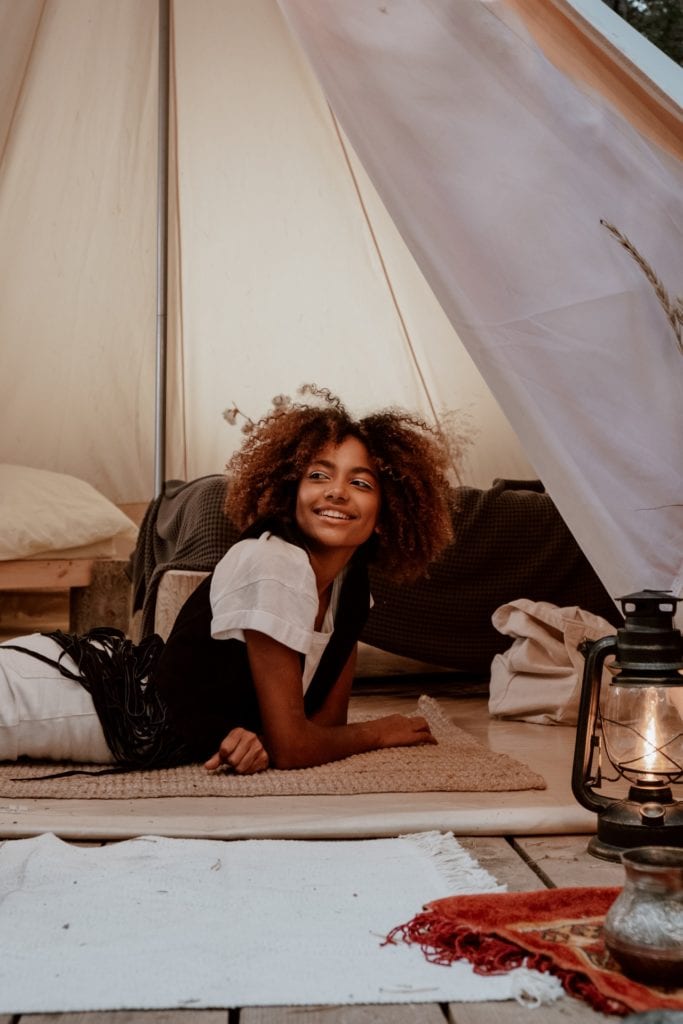
When you define city life, you think of tall buildings, crowded restaurants, and waiting lines outside nightclubs. Most people don’t associate cities with nature. So, how can you connect with green space in a grey city?
Here are seven ways that everyone can connect with the outdoors even if they’re living in an over-priced 300 square foot apartment In the city.
- Visit your local park. Parks provide shade, music, food, and open spaces to visit with friends. Go to an online map and type in “parks” to find a list of nearby locations. Even the smallest parks should have a bench, a tree, and the chance to get a few minutes of nature therapy. If you’re unsure of what to do, have you tried hammocking? Get yourself a $30 hammock from a department store, call a friend, and enjoy gently swaying between two trees as everyone looks on in envy from their picnic blankets. And not all parks are large; many cities created “pocket parks,” miniature parks tucked between buildings.
- See animals at your zoo. Nearly every major city in the country has a zoo, where you can visit and even interact with animals. Want to paint with elephants in Cincinnati? Or swim with sharks in New Jersey? How about taking a walk with a cheetah in Houston? There are multiple adventurous ways to encounter wildlife in the zoo. If you aren’t sure if your city has a zoo, check out this list. And if you’re on a budget, here is a list of free zoos nationwide.
- Visit a local garden. If you’d like to get your hands into the dirt, many cities reserve spaces for community gardens, which you can sign up for as a participant. You can also visit botanical gardens, arboretum gardens, or culturally specific gardens like Japanese or Chinese gardens. Some are free, especially if you visit a somewhere like a university campus. For example, there are community gardens at several HBCUs including Tuskegee University and the University of District Columbia.
- Try Glamping. Urban glamping has become a recent new trend for those that want the feel of being in a tent and outside, but aren’t quite ready to be in the great wild. Glamping could be as easy as setting up a yurt in your backyard or a tent on your patio. If you’re looking for a luxurious glamping experience Black owned B&B Akwaaba Bed & Breakfast Inn’s location in Brooklyn New York features yurts on location that make for a serene and sophisticated glamping experience. You can also check out groups on Outdoorsy Black Women to find your camping and glamping squad.
- Go on an urban hike. Urban hiking involves hiking through cities for several miles or hours. Urban hikes allow you to explore networks of streets, sidewalks, parks, and stairways. Austin, Texas, has one of the best urban hikes in the country: Lady Bird Lake Trail. This 10-mile loop takes three to four hours unless you get distracted by one of the city’s excellent food trucks. Another memorable urban hike is the 18-mile Lakefront Trail in Chicago, Illinois, which you can explore on foot or bike.
- Explore your city’s water spaces. Mention “the outdoors,” and many people will imagine a tree-lined forest. However, water is also an exciting way to connect with nature. There are obvious choices: beaches like those in Los Angeles, Miami, and New York are popular. But calmer river waters in Portland, San Antonio, and St. Louis are ideal for kayaking, stand-up paddling, and other sports. If you’d like a travel experience too fantastic to be believed, try snorkeling in Salt Lake City, Utah.
- Bring it indoors. One of the easiest ways to experience nature in cities is to buy a plant (or three). There’s a good chance you’ve already bought one, as indoor gardening blossomed in 2020 and 2021. Stay-at-home orders prompted many of us to review our home environment, and for some, this meant buying and caring for houseplants. Even in cities devoid of green spaces, indoor plants reduce stress, increase productivity, and purify the air. Your plants aren’t judgemental either; they won’t mind if you wear your pajamas, something you can’t do in a public park.
In summary, these are seven fun ways to connect with nature at a local park, garden, water space, city street, or even – your own home.

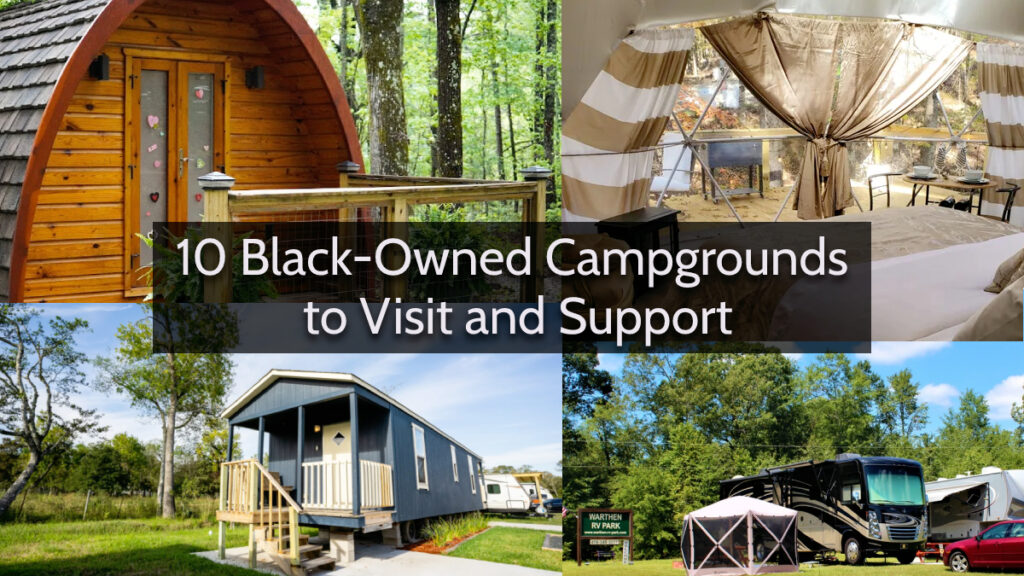
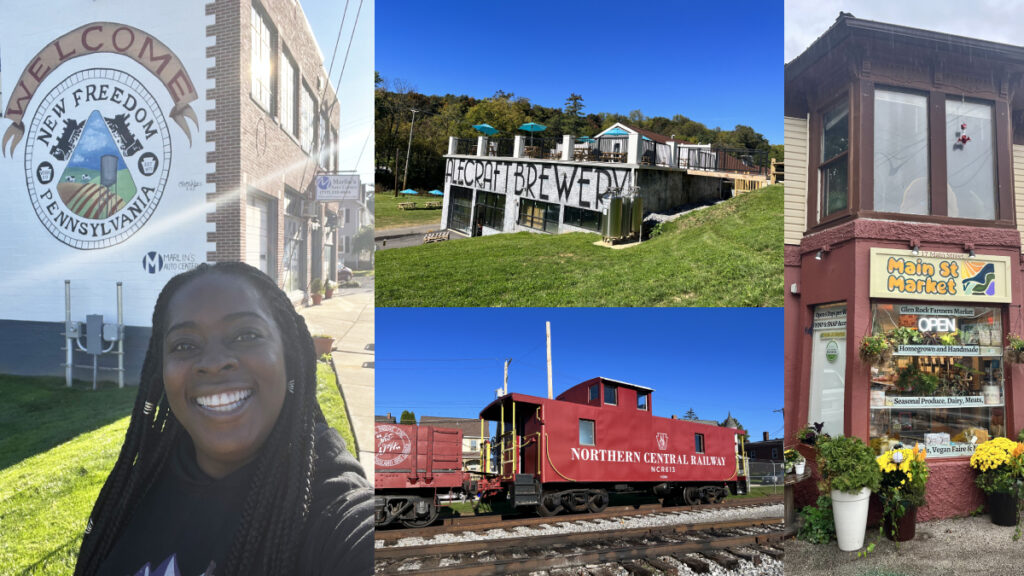
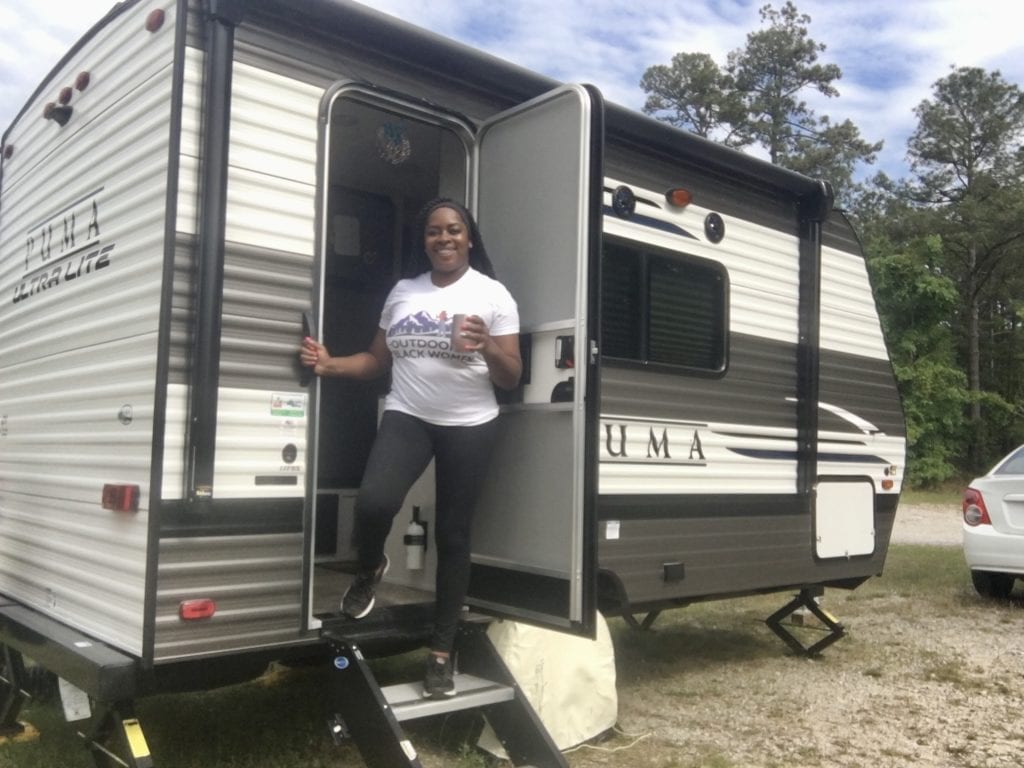
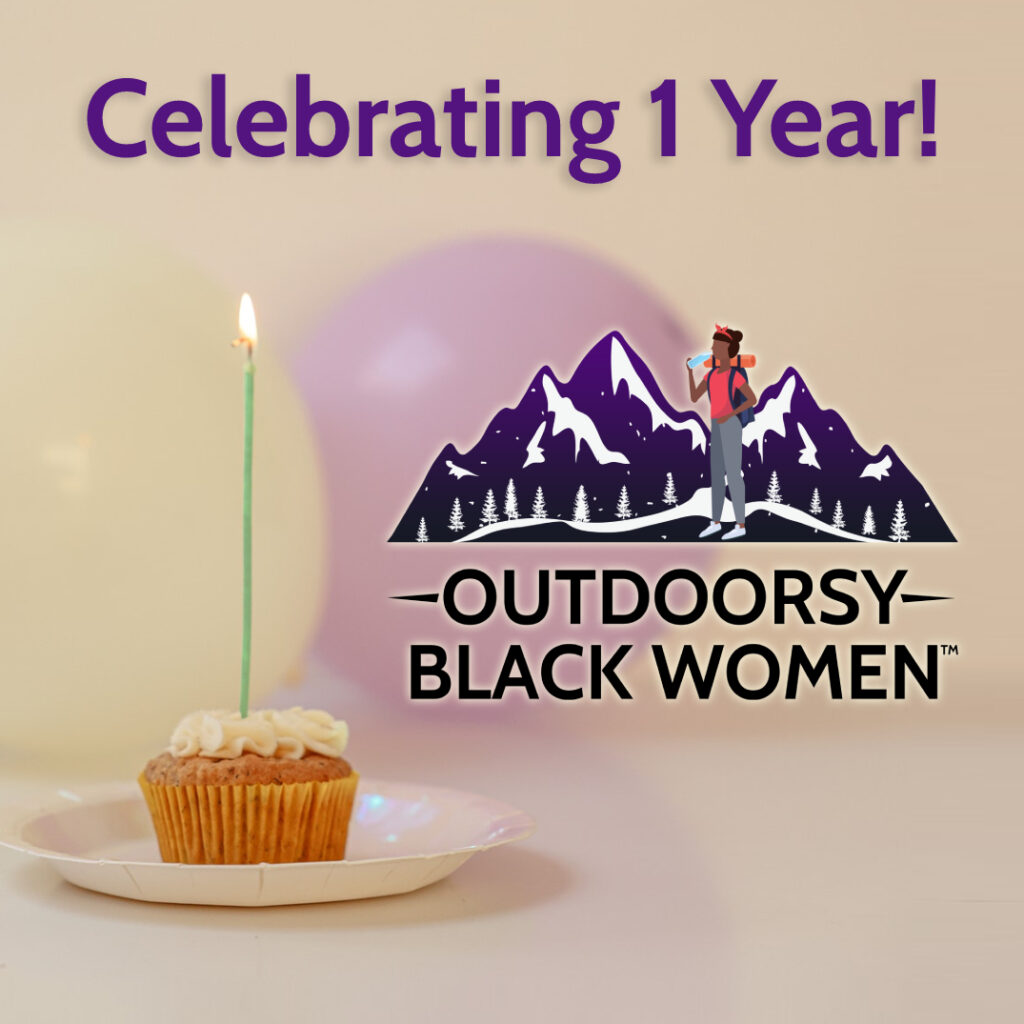
Comments